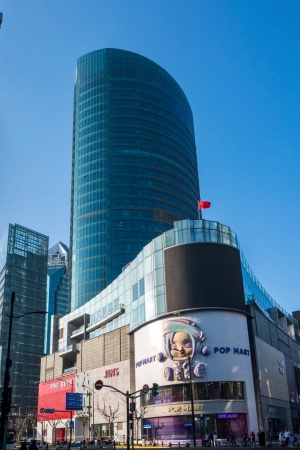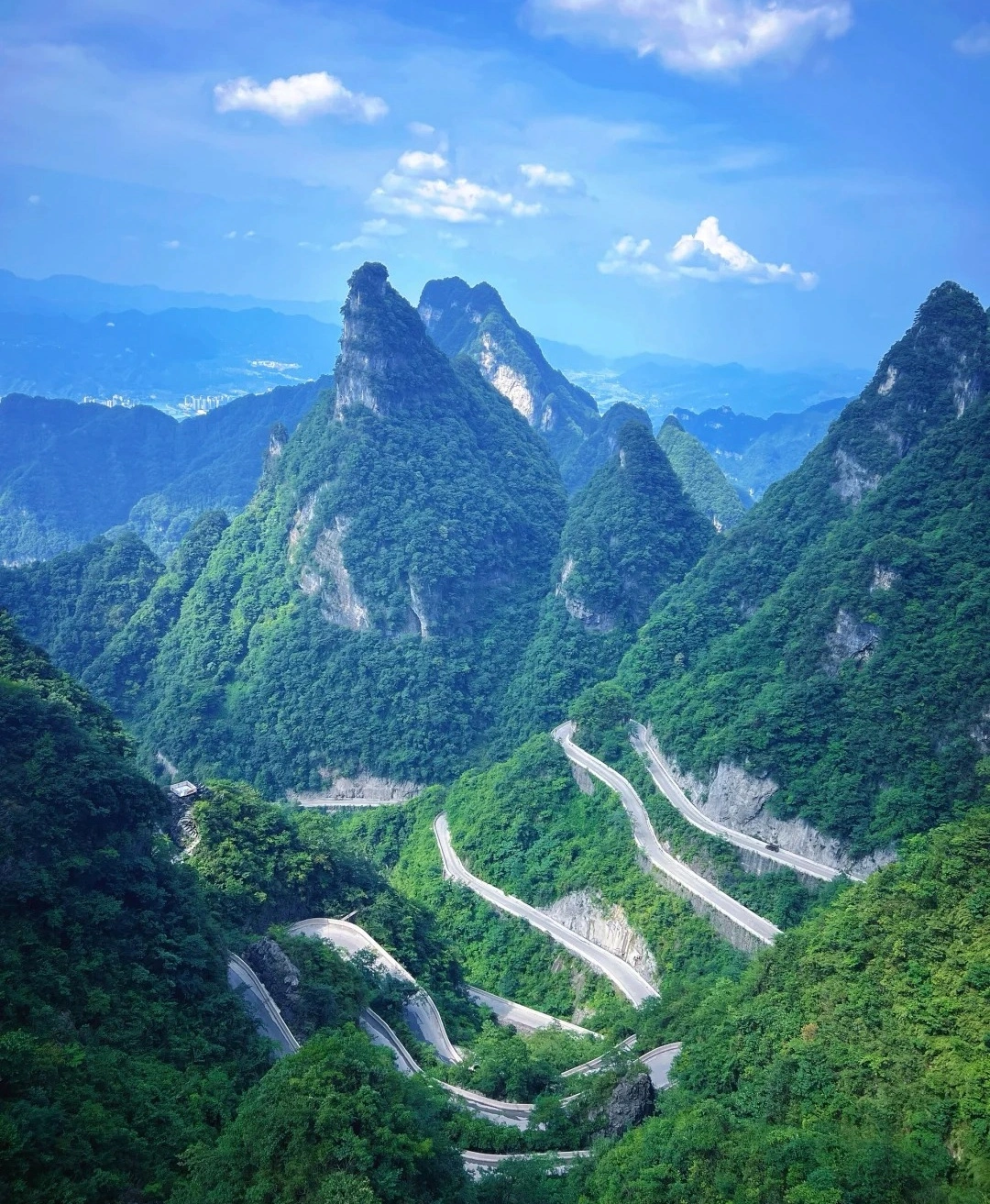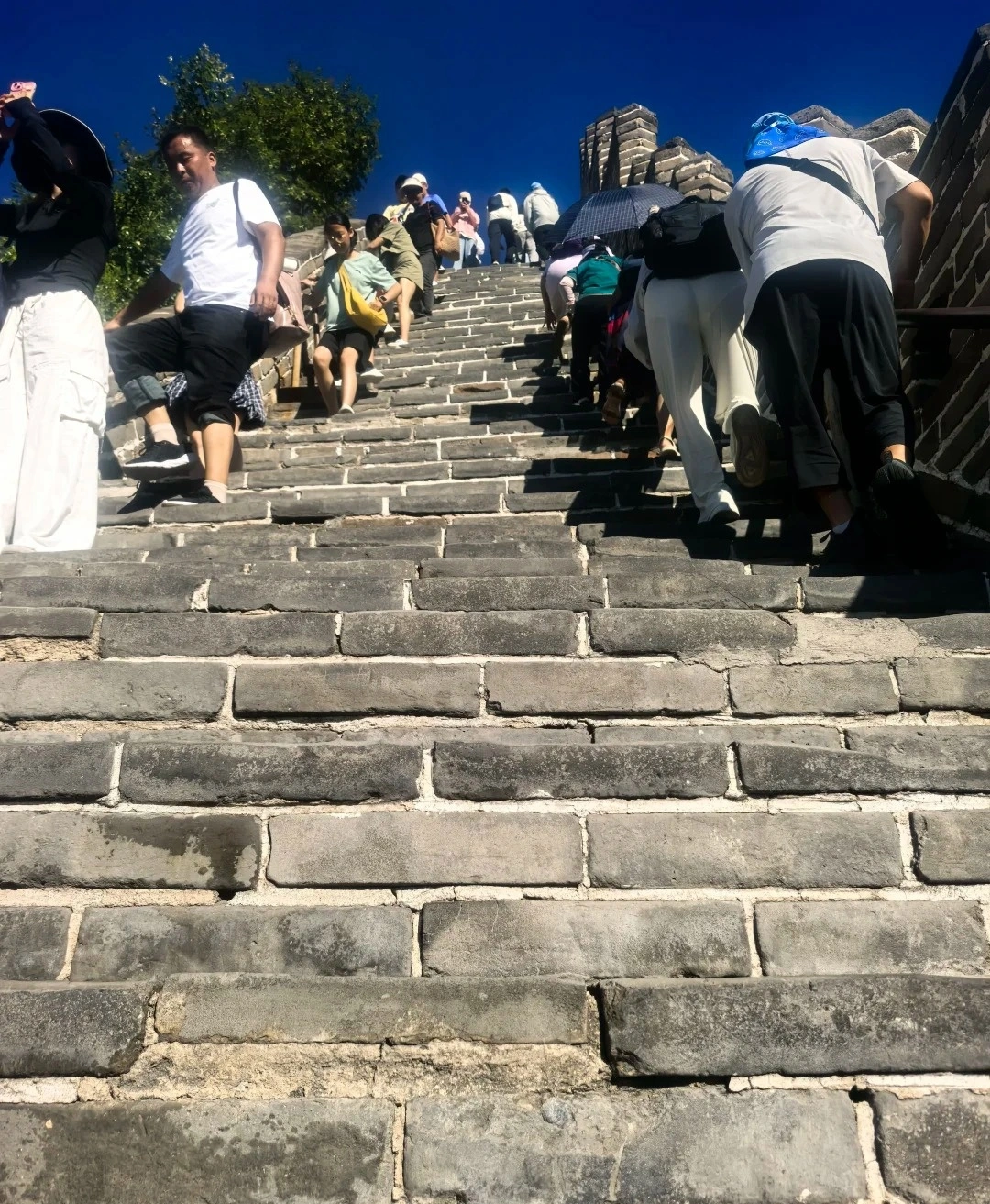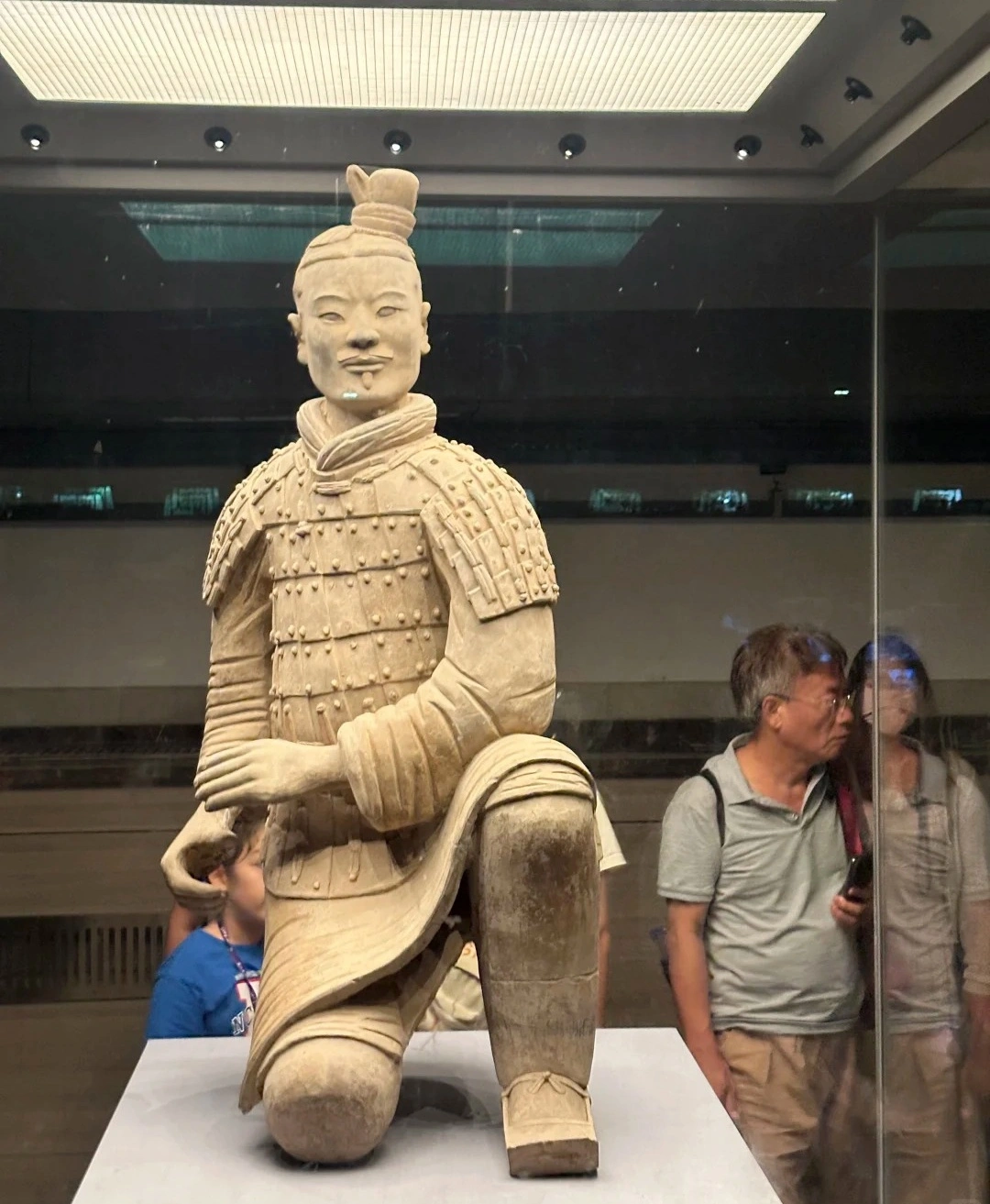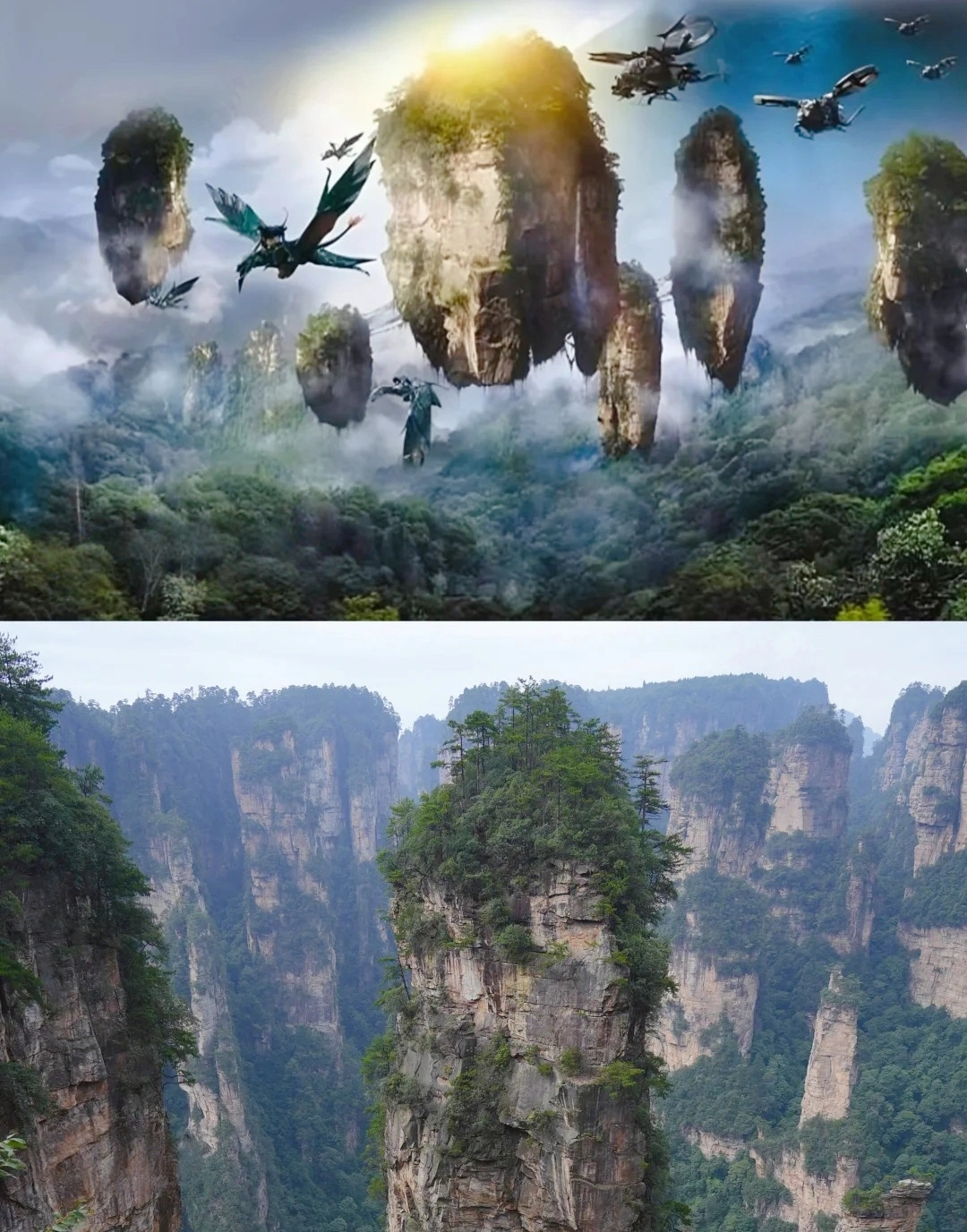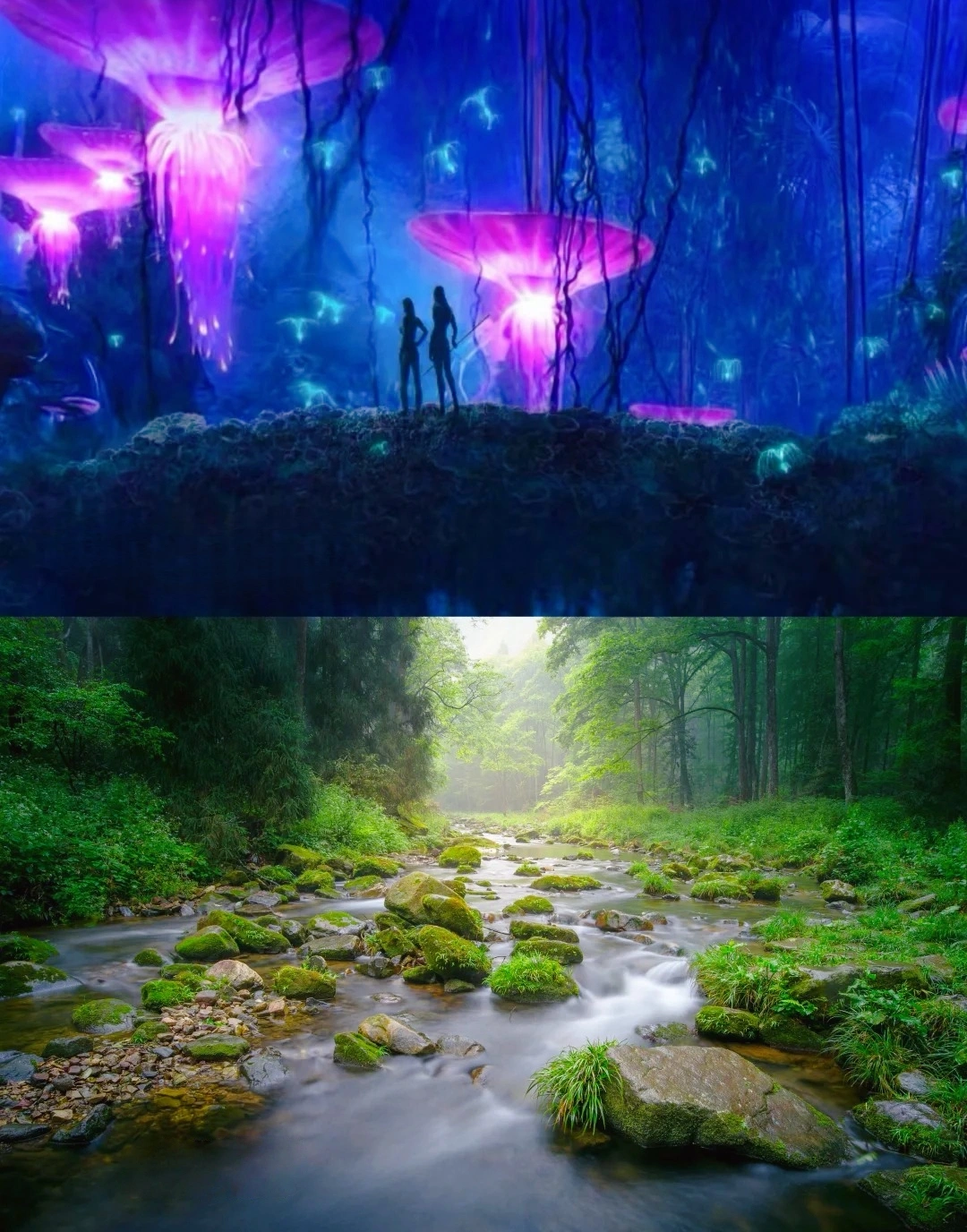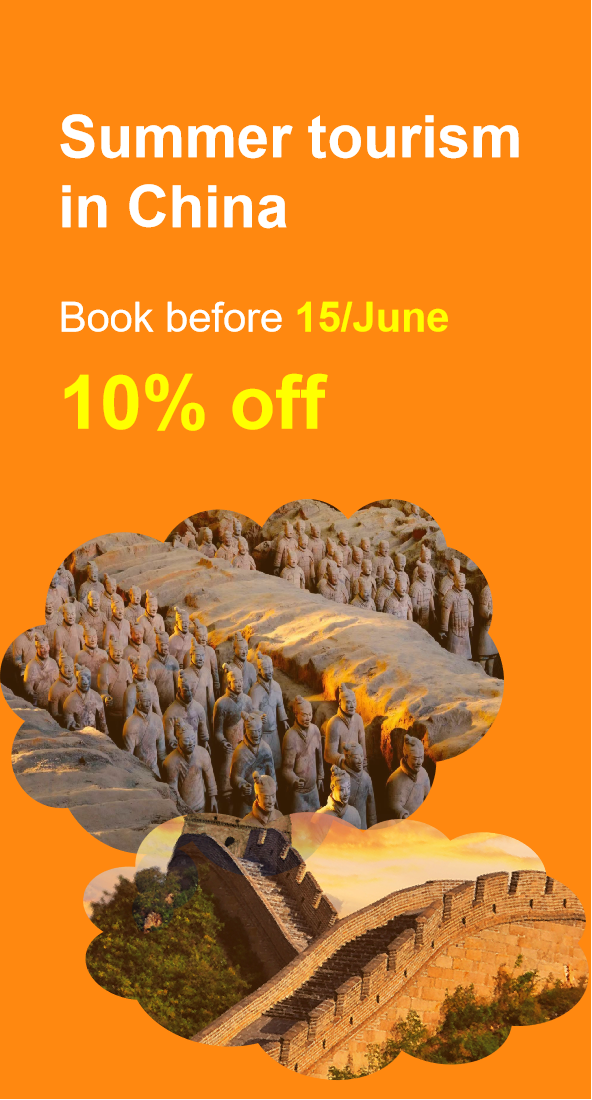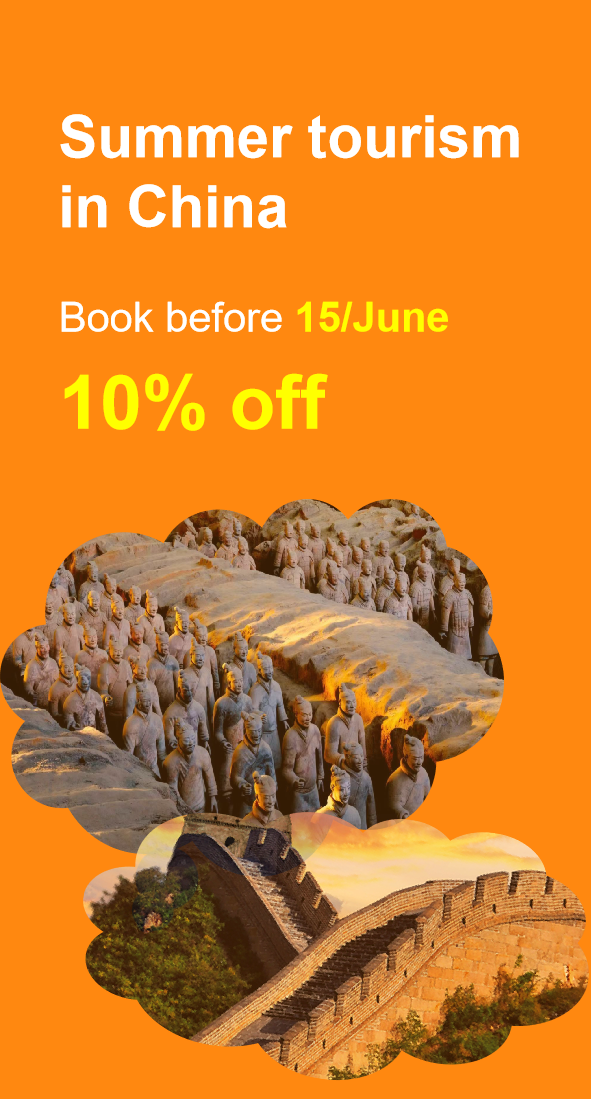Baoshan Temple
Historical Overview
- Ming Dynasty Origins: Built in 1511 as a private residence, later converted into a Taoist temple with shrines to Buddhist and ancestral figures.
- Qing Dynasty Renovations: Expanded in the 18th–19th centuries, though damaged during the Opium Wars and Taiping Rebellion.
- Modern Revival: Reconstructed from 2005–2011 using African rosewood, adopting late Tang Dynasty architectural features. Designated a Shanghai cultural heritage site in 2017.
- Cultural Significance: A rare example of contemporary religious architecture merging historical styles with sustainable materials.
Structural Layout
The temple follows a north-south axis with three primary zones:
- Main Ceremonial Axis:
- Mountain Gate: Grand entrance with a plaque inscribed by monk Shiliang.
- Heavenly King Hall: Houses statues of the Four Heavenly Kings and Maitreya Buddha.
- Mahavira Hall: Central hall with a 15-meter-tall Sakyamuni statue, supported by 12 lotus-column pillars.
- Bell and Drum Towers: Flanking the main courtyard, featuring Ming Dynasty-style eaves.
- Monastic Residences:
- Dharma Hall: Lecture hall for Buddhist teachings.
- Monks’ Quarters: Modern facilities adjacent to the temple grounds.
- Garden and Pagoda Complex:
- Three-Story Pagoda: Brick structure with wooden eaves, modeled after Tang Dynasty pagodas.
- Lianqi River Waterfront: Scenic paths along the river with viewing pavilions.
Major Attractions
- Mahavira Hall: Late Tang-style wooden hall with intricate caisson ceilings and 24 statues.
- African Rosewood Columns: Over 300 tons of timber used in main halls, showcasing woodworking craftsmanship.
- Three-Story Pagoda: Offers panoramic views of the temple and Lianqi River.
- Ancient Cypress Trees: Two 500-year-old trees near the Heavenly King Hall.
- Ru Ban Award Plaza: Exhibition highlighting the temple’s construction achievements.
Suggested Itineraries
-
Classic Route (2 hours):
Mountain Gate → Heavenly King Hall → Mahavira Hall → Bell Tower → Pagoda → Exit.
Highlights: Core halls and pagoda views. -
Cultural Deep Dive (3–4 hours):
Morning: Guided tour of Mahavira Hall and pagoda → Lunch at temple vegetarian café → Afternoon: Dharma Hall lecture + garden stroll → Evening chanting ceremony.
Includes: Architectural context and Buddhist rituals. -
Family-Friendly Tour (2.5 hours):
Mountain Gate → Children’s Activity Center (calligraphy/incense making) → Garden play area → Pagoda visit → Exit.
Best for: Ages 5–12.
Ticket Purchase
- Admission: ¥10 (adults), free for children under 1.2m. Special exhibitions may require additional tickets (¥10–20).
- Online Booking: Available via WeChat mini-program “Shanghai Baoshan Temple” up to 7 days in advance.
- Free Entry: Temple grounds and garden; fees apply to pagoda and special exhibitions.
- Subway: Line 7 to Meilanhu Station (Exit 3), then take bus 839/841 to “Baoshan Temple” stop.
- Bus: Routes 839, 841, or Baoshan 31 directly to the temple.
- Taxi: Direct to Luoxi Road 518 (¥40 from downtown).
- Parking: Temple parking lot (¥5/hour).
Best Time & Tips
- Optimal Seasons: April–June (azaleas), October–November (maple leaves). Avoid July–August (rainy season).
- Avoid Crowds: Visit weekdays; weekends host 3,000+ visitors.
- Essentials:
- Wear modest clothing (covering shoulders/knees).
- Bring coins for incense offerings (¥1–2).
- Photography allowed (no flash in Mahavira Hall).
- Prohibitions: No meat, alcohol, or loud conversations inside temple.
- Nearby Attractions: Combine with Luodian Ancient Town (1km) or Shanghai Automobile Museum (8km).
Contact Us
What Our Clients Say?
Based on 10,000+ traveler reviews
